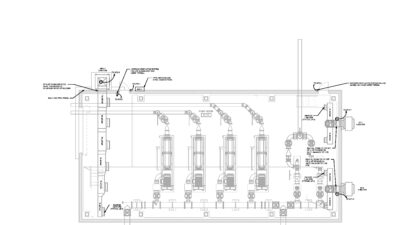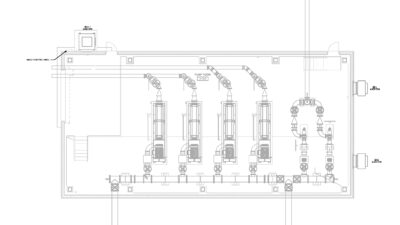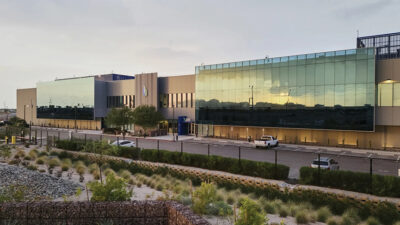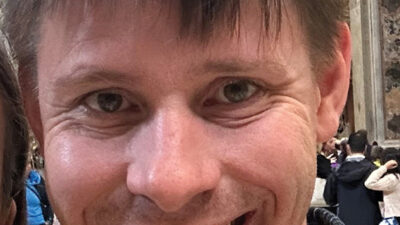Fire protection systems were selected for a building with intermediate distribution frame (IDF) or main distribution frame (MDF) rooms.
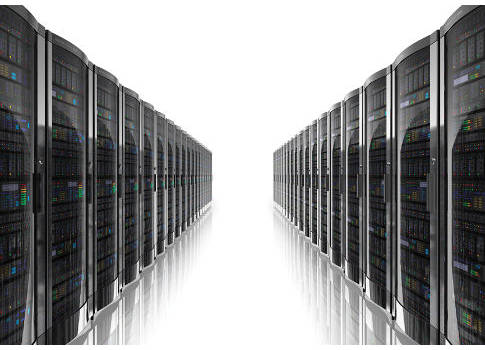
JBA Consulting Engineers was recently retained to help develop a fire suppression and detection system for a company’s upcoming move to a new building. The company provides payment gateway services and processes financial transactions, so protection of that information is critical. The existing operation includes protection of the intermediate distribution frame (IDF) or main distribution frame (MDF) rooms with an engineered synthetic agent system. The engineering firm was retained to help guide them through the process, make sure they were making the best decision for their operation, and to make sure that they were getting an "apples-to-apples" comparison once it came to soliciting bids from the design-build contractors.
The first thing the team did was set up a meeting with the stakeholders, including the owner’s representative (the money guy and overall project manager), operations and facilities team (the person who deals with the system on a regular basis), and the architect (the one who defines the amount of space). By going through some of the basic questions that should be posed with all stakeholders, the team was able to better understand what the client was looking for and how JBA Consulting Engineers could help the client achieve the desired outcomes.
The building owner was familiar with the existing system and also wanted to know what the options were. The company was interested in the newest technologies and innovations of the industry and wanted to have a green solution, and also was cognizant of the associated costs. The fire protection engineering team put together a design brief providing the available options and allowed the client to determine what option worked best for the company.
So which system did the owner choose? With a limited amount of racks in small IDF and MDF rooms, a pre-engineered solution was desired. With the desire to use a clean agent system versus any type of water suppression, the question became whether being environmentally friendly was a concern. Finally, the solution came into focus when the entire team discussed the in-rack solution using a clean agent system as the extinguishing agent. With a means for early detection, the agent (which is stored as a liquid and discharges as a gas) will discharge within the rack, putting out a fire in a timeframe acceptable to the client, minimizing any downtime and allowing operations to continue running as if nothing happened.
The local authority having jurisdiction does require a suppression system, so a pre-action system was specified for the protection of the space itself. With the installation of the special suppression system, there is peace of mind that the pre-action system would likely not discharge water into the space because the clean agent system provides a first line of defense.
No clean agent or alternative system is practical for all applications. That is why a stakeholder meeting is important to determine desires and protection schemes. While some agents are "cleaner" than others, no single agent today is the best—nor should it be avoided.
Nicholas A. Moriarty is executive director of fire protection at JBA Consulting Engineers.
